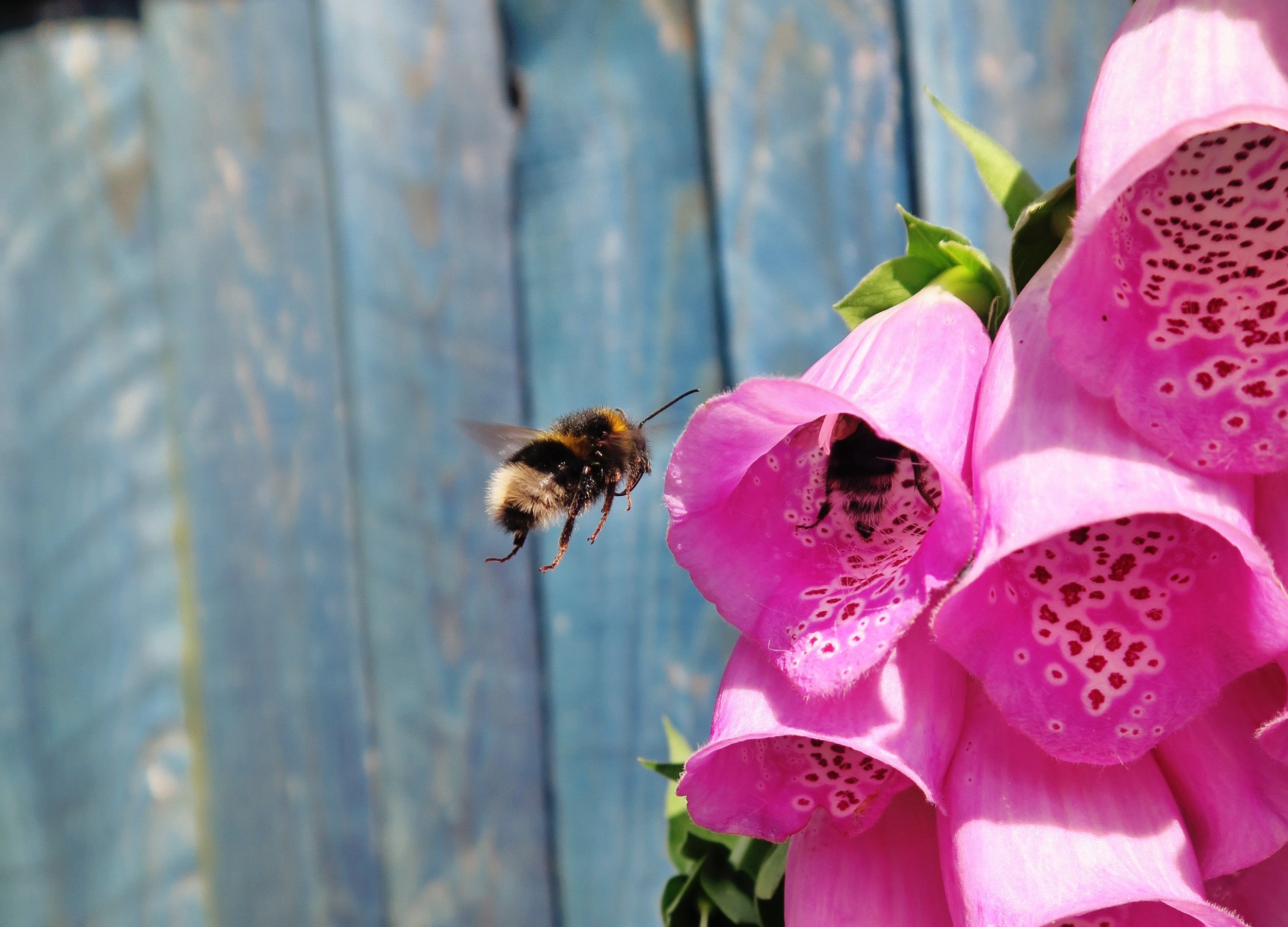
Wildlife
The art of gardening is about cultivating nature for the benefit of people, but perhaps the greatest joy comes when wildlife arrives to appreciate your art.
Gardens connect people in their everyday lives to natural beauty; I don’t take this connection lightly, people caring or not caring about nature is key to the outcome of life on our planet.
Gardens can form rich habitats and join up with other gardens to form corridors for many forms of life, including the essential pollinators we depend upon.
Five simple ways to help achieve this:
Grow flowers – while they feed bees and butterflies with nectar, they make you happy too.
Leave a bit for the wild- while you may keep some of your garden immaculate, there are always places unseen that can be left to work their own way through the cycle of life.
Avoid chemicals – while you learn to love the daisies in your lawn, imagine the song thrush or the hedgehog feasting on your slugs and snails.
Plant trees – while they provide habitats in different ways as they grow, you may have also left a legacy beyond your time.
Dig a pond with gently sloping sides - it will increase the biodiversity of your site and give you a focal point to watch and discover wildlife.

Ask Not What Bees Can Do For You, But What You Can Do For Bees
There’s a lot of talk about pollinators nowadays, so what do bees do for us?

Kings and Queens of our Little Kingdoms
In the olden days gardens were places of sanctuary from the wild beasts over the hedge, now there are barely any wilds…
